In thinking about what topics to cover this holiday season I thought that researching a popular song or two may be fun, and The 12 Days of Christmas was the first that came to mind. A song with maids-a-milking, pear trees, pipers piping, and swans must have an interesting background, right? I have been delighted to uncover everything that I have about this quirky song and hope that it will make you think a little bit differently about it this year.
First, let’s talk about the birds
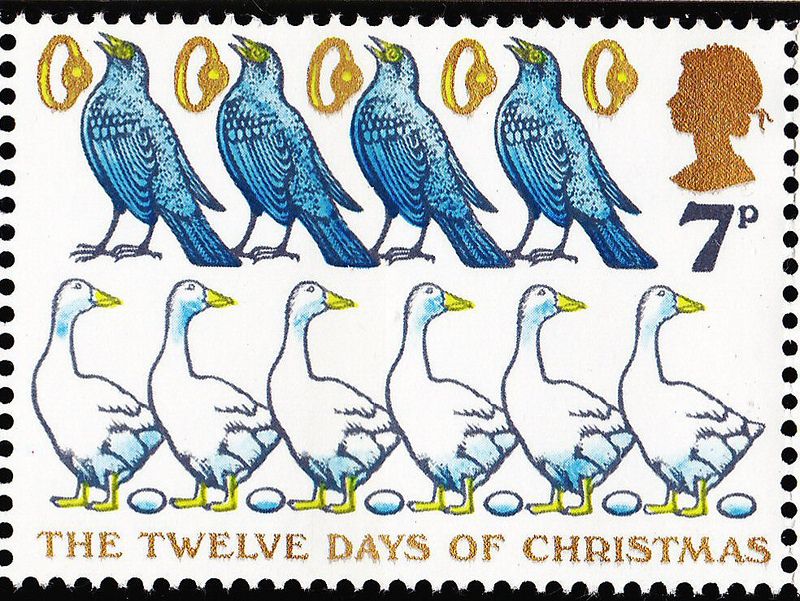
Many of our readers were surely fans of The Office and may recall what I think is one of the most disturbing scenes, that in which receptionist Erin has to ask whoever is her Secret Santa to stop sending her gifts. Covered in scratches, she explains that she has been receiving the literal gifts from The 12 Days of Christmas and that the birds have pulled out her hair and that her cat has killed one of them. It raises a good question: why are so many birds given as gifts in the song?
In my research for this post I focused a lot on the birds and I learned some brand new things about the song. When it comes to the birds themselves, here is what I’d like you to know:
The birds were meant to be cooked with, not as presents per-se.
As I will next cover, the song is based on an actual religious celebration that lasts 12 days and during which it is customary to cook mince pies, often made with birds. If you take a close look at the birds mentioned in the song, you will see that they are primarily birds used as poultry, especially in the 1600s and 1700s when the song is believed to have been written (yes, swans were a common delicacy!).
The “calling birds” snuck in due to years of mispronunciation
Now that you know the birds are meant for eating, you may wonder why a song bird is included with “5 calling birds.” Well, the original lyrics call for 5 colly birds, a type of black bird commonly used in, you guessed it, pies. Over time the lyrics evolved to including the current inclusion of the lone song bird.
And those glorious golden rings? Also birds…
When you look at the context in relation to the rest of the song, “5 golden rings” doesn’t fit in all that well. But when you consider that this refers to a ringed-neck pheasant, a common bird used in dishes in medieval England, it makes a lot more sense. And, they are really lovely birds, so I say they be left out all together!
Christmas is the first day, not the last!
In my post on the history of the Advent calendar I discussed that “Advent” is based on the orthodox Christian celebration in the four weeks leading up to December 25. Well, then begins the 12 Days of Christmas celebration. That’s right, Christmas is actually the first day of the 12, not the last!
The 12 Days of Christmas is observed by various orthodox Christian and Catholic denominations and involves daily recognition of different saints for each of the 12 days. You can see an entire list over on the fantastic WhyChristmas.com.
According to Wikipedia, the 12 Days of Christmas are a “fast-free” celebration, hence all of the birds needed for so many rich dishes! Having lived in Australia for many years where they continue their holiday celebration for about three weeks, I can absolutely see myself enjoying this tradition!
It may have started as a children’s game
The origins of The 12 Days of Christmas are unknown and the theories abundant. While I won’t go into the origin here, I will point out the fun theory that the song started out as part of a children’s holiday memory game. This could be why each gift is repeated in the subsequent verses. It is referred to as a “memory and forfeit” game, in which participants take turns repeating what the person before them said. If a mistake is made, a “punishment” of sorts was imposed, with common examples floating around online being to give another participant a kiss or candy.
People have analyzed the heck out of it!
One of the things that amused me the most while researching for this post is the great lengths that have been taken to analyze the contents of the song. For instance, each year the PNC Bank publishes a “holiday index” that outlines how much each of the gifts in the song cost in current terms. This year, you can expect to pay the following:
Three French hens: $346.50
Nine Ladies Dancing: $8,557.37
Eight Maids a Milking: $58.00
Seven swans-a-swimming: $13,125.00
Or, would you like to know how much “damage” enjoying the daily feasts outlined in the song would be? This Atlantic article breaks down the nutrition value of each of the birds in the song. The starting dish, a partridge, has 212 calories. Want to pair it with a pear? That adds another 96. A serving of swan? 340 calories.
After indulging in all of the feasts, perhaps you’d like to burn off some of the calories by engaging in the activities of the song (dancing, flute playing, etc)? The same article breaks down how beneficial each activity from a fitness perspective. Milking a cow for an hour will burn 102 calories an hour, while piping will burn just 68.
More holiday fun:
Nancy Jean Gray: Mrs. Claus extraordinaire
It’s a Wonderful Life: fun facts and setting the record straight

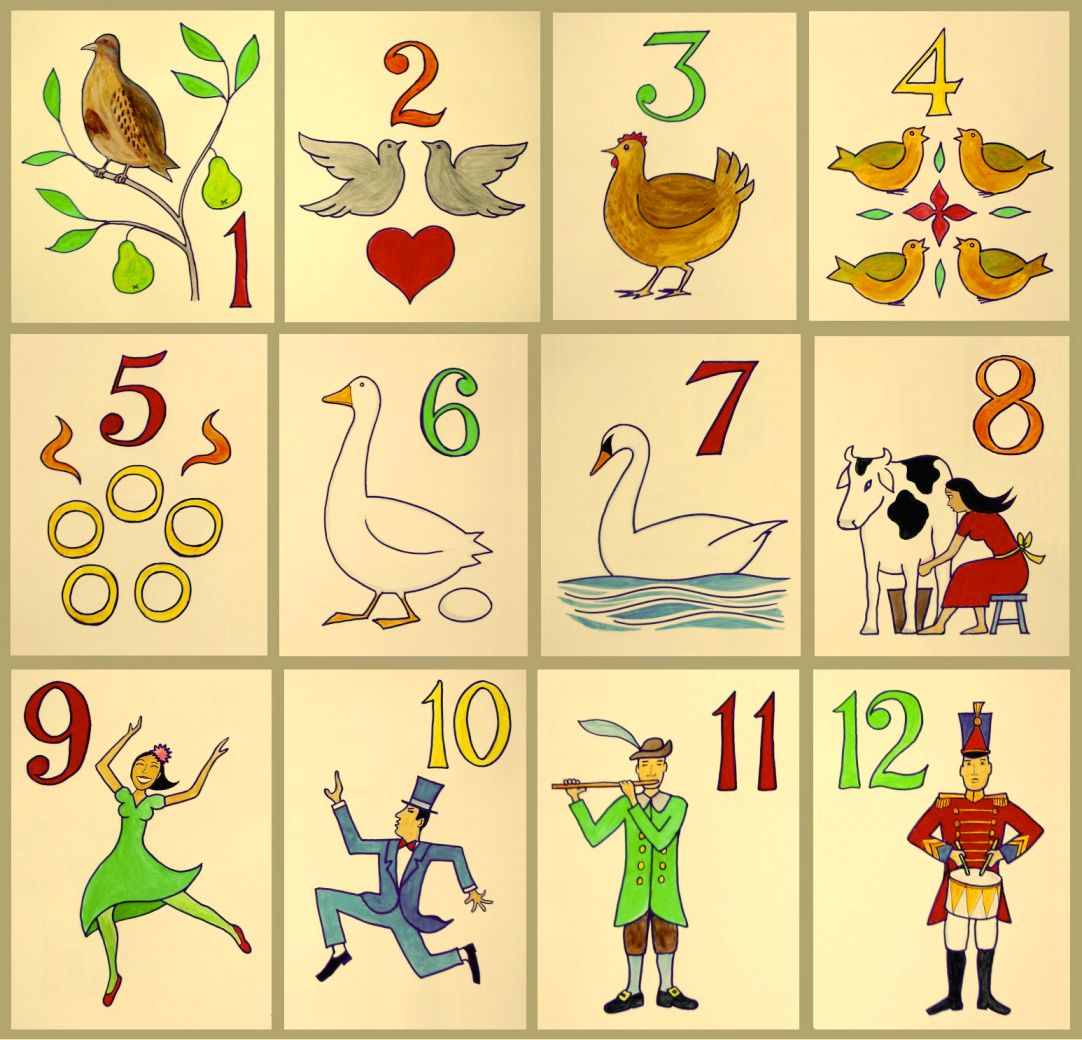


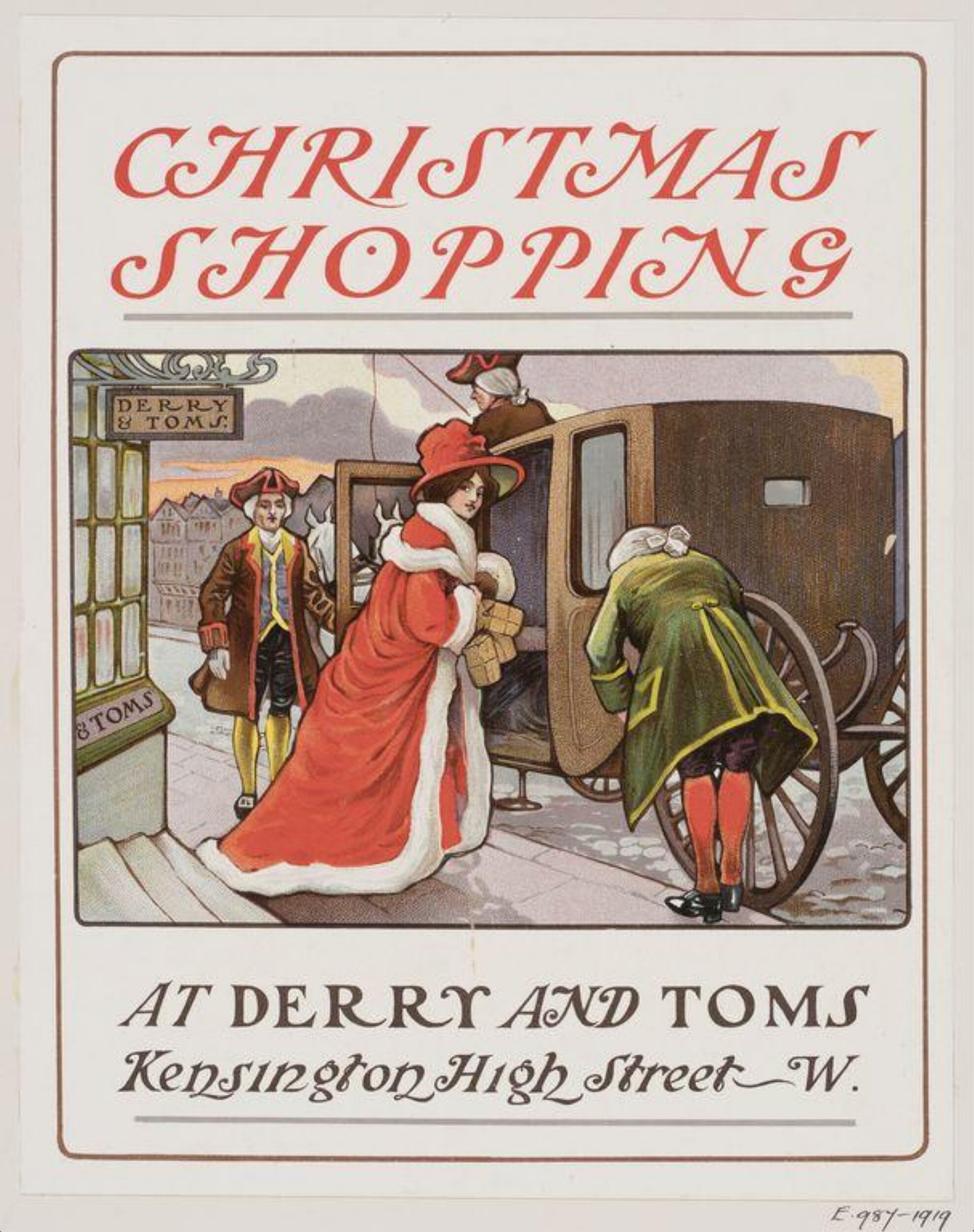

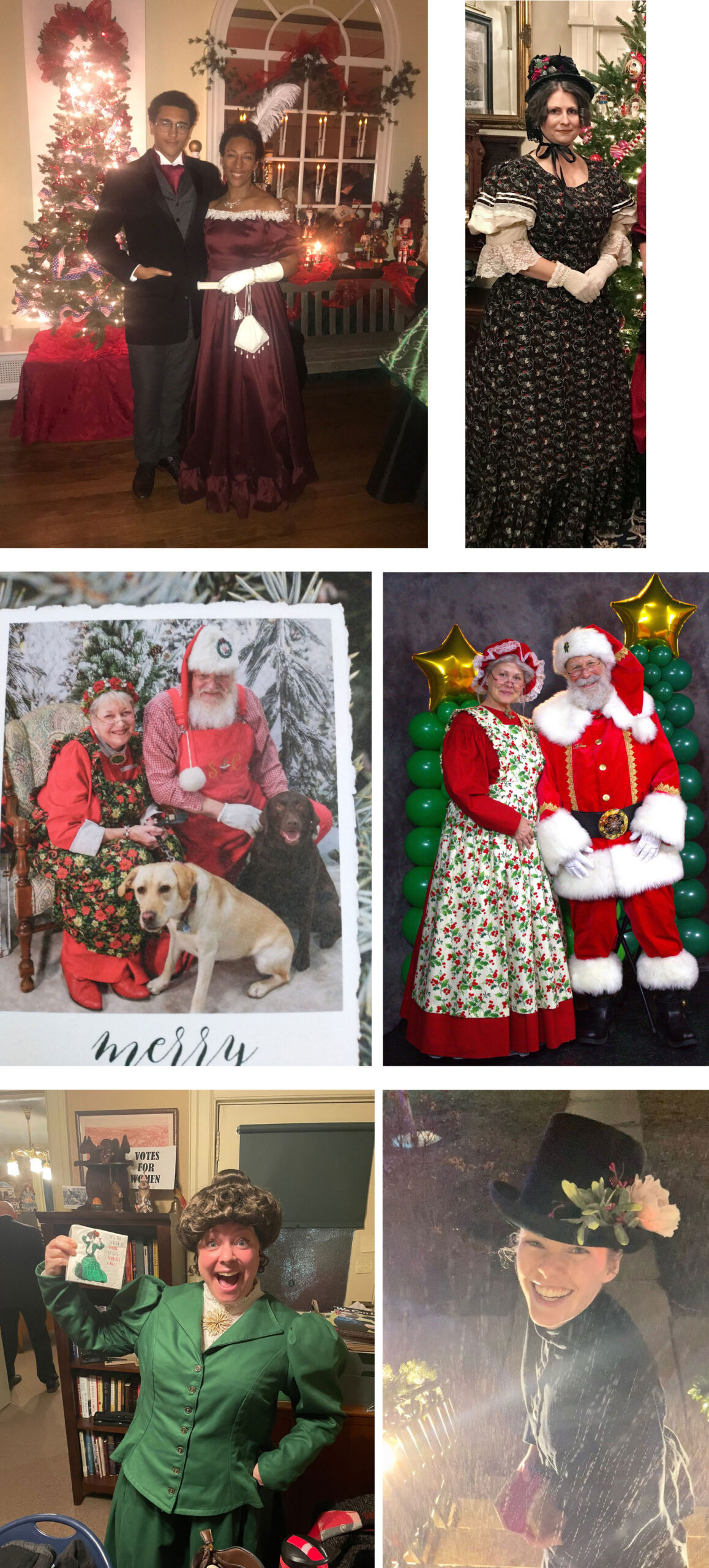
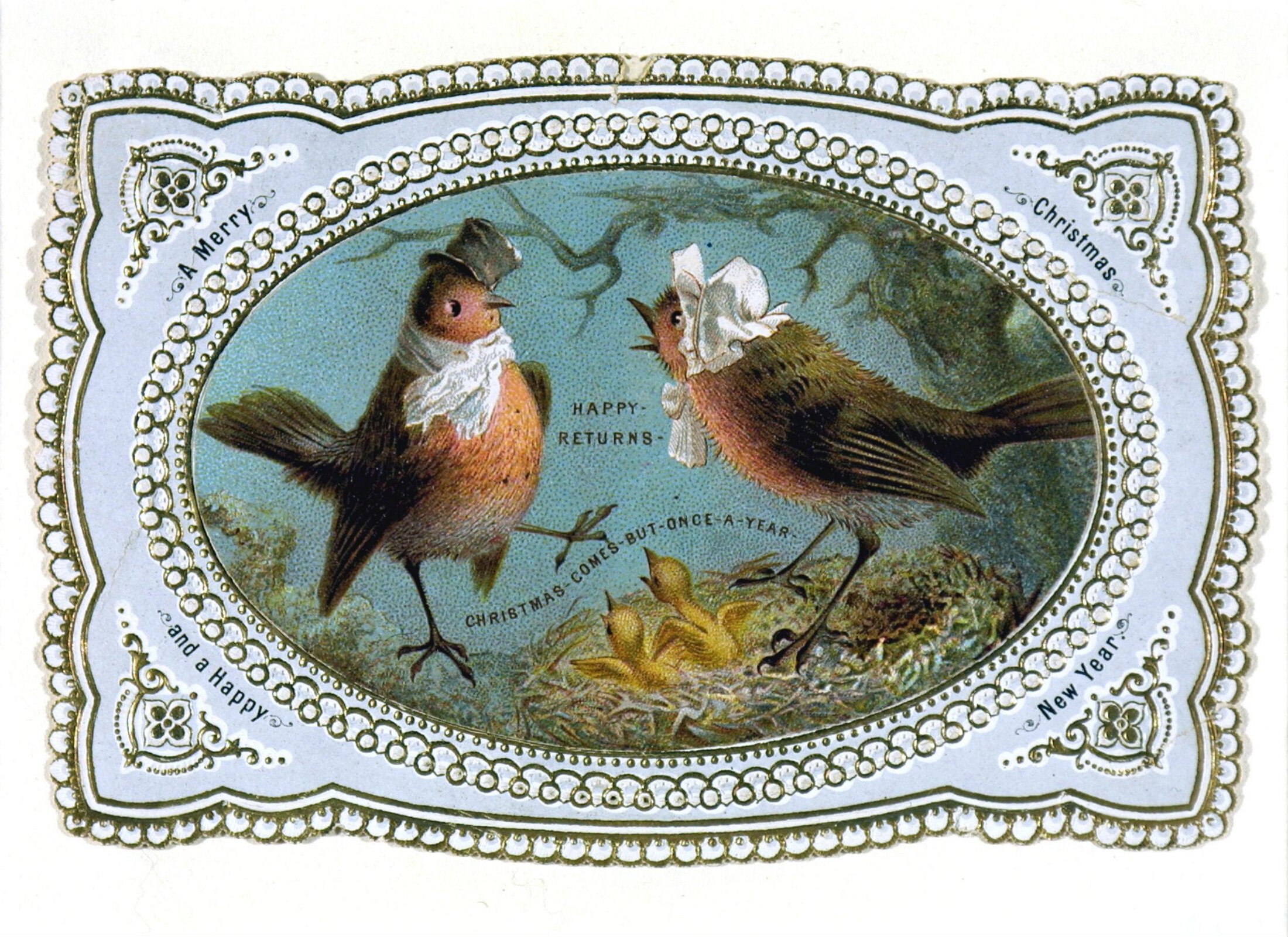
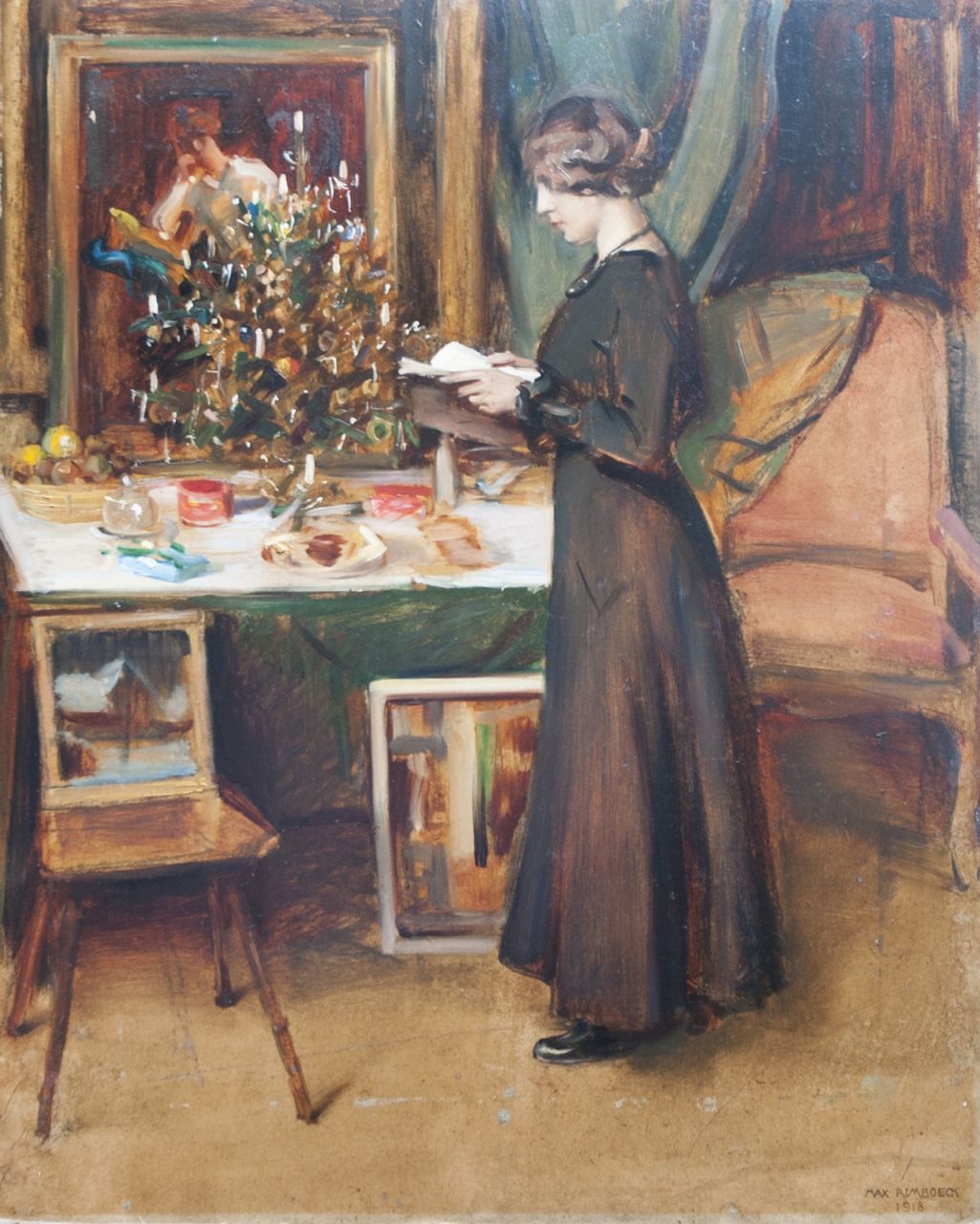




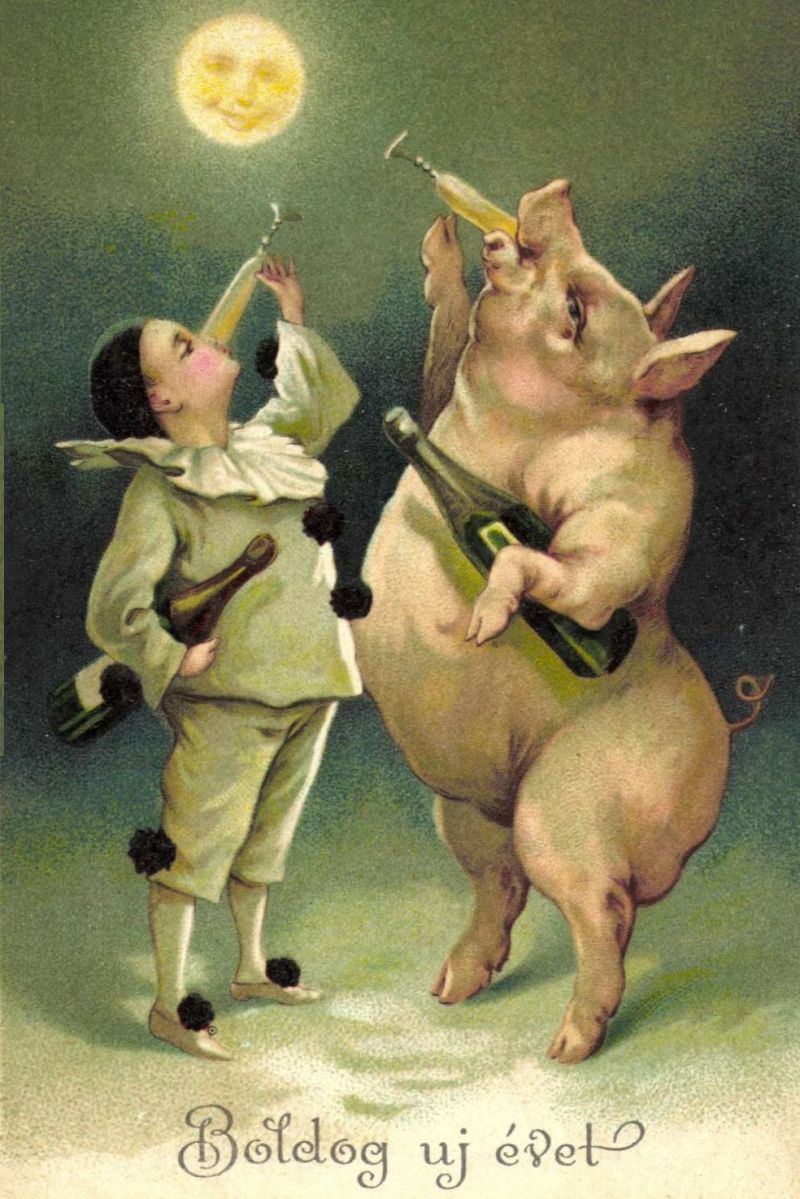
Leave A Comment